6+ Sample Catering Business Report
-
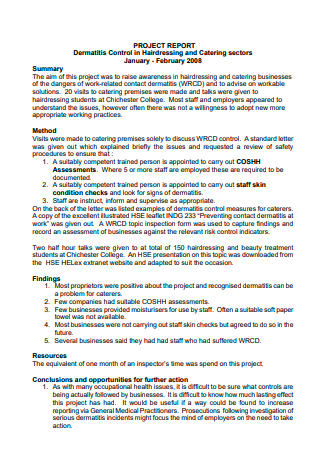
Catering Business Project Report
download now -
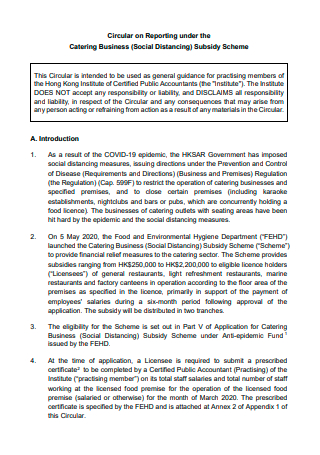
Catering Business Subsidy Scheme Reporting
download now -
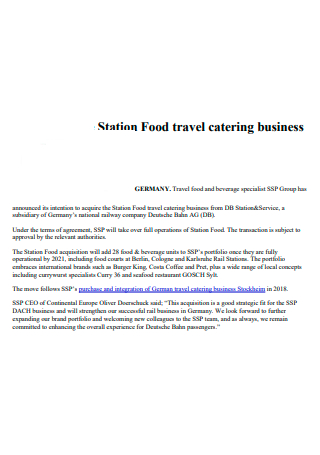
Station Food Travel Catering Business Report
download now -
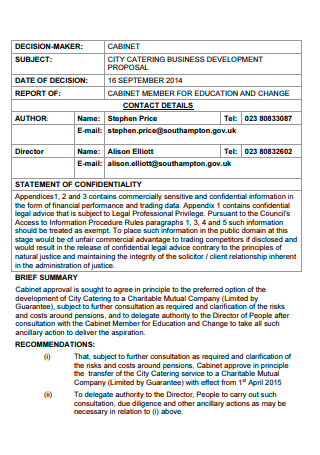
Catering Business Development Proposal Report
download now -
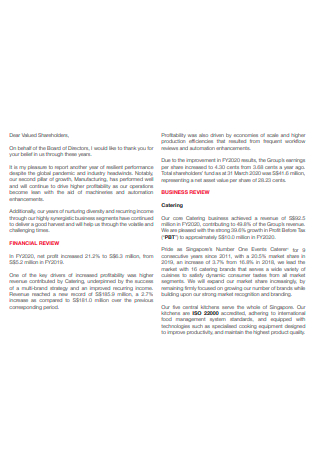
Catering Business Report in PDF
download now -
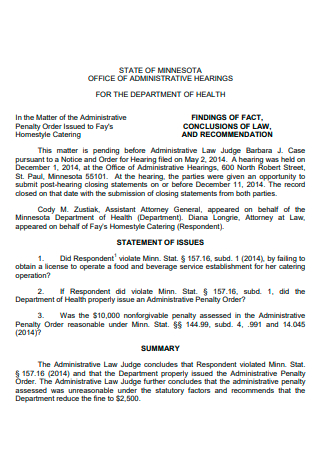
Home Style Catering Business Report
download now -
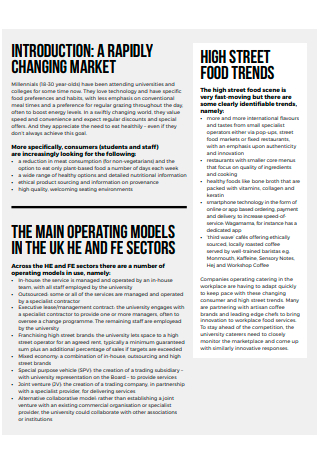
Basic Catering Business Report
download now
FREE Catering Business Report s to Download
6+ Sample Catering Business Report
What Is a Catering Business Report?
The Importance of Business Reports
How to Write a Catering Business Report
Different Types of Catering
FAQs
What are the signs of a bad catering company?
What are the reasons the catering businesses get bad reviews?
What is the difference between a business report from a business proposal?
What Is a Catering Business Report?
Catering is a service that supplies meals to an occasion or a specific place. Rental arrival time, staff arrival time, bar open and shut hours, mealtime, and rental pick-up time are generally included in a catering document. Menu selections, furniture or supply rentals, labor, and service costs are all elements that might impact the cost of catering. This service is frequently utilized for major occasions like banquets and weddings. Room decorations, lighting, and table arrangements are all provided by a full-service catering business. This category includes reports on national and worldwide market segments, business profiles in various market categories, market equipment requirements, and industry predictions and trends.
The Importance of Business Reports
Since no one else is engaged in operating your company, you may not feel you need to retain reports or produce them on a regular basis if you are an independent owner. Reports may not be high on your priority list, even if you have partners or a board, because you have so many other things to attend to. In reality, effective business reports may save you time and money while also having a significant impact on your company’s future. Check out the available Catering business project report available for you to use as a reference when writing your own business report.
How to Write a Catering Business Report
A food catering business report should incorporate components that are common to all business reports, with an emphasis on characteristics unique to the catering and food services sector. These are the most important elements of your Catering Services business report. You are not writing a school essay, but a business report. You can’t write your report based on random notions. Determine the aim of the report before you begin. Define your objectives for the report and how you want to deliver them. This will assist you in writing a report that is both clear and succinct. It’s possible that your company has a particular report format. Ask your supervisor or consult the company’s manual. If no such format is provided, the available template we have provided will aid you along with the steps down below.
Step 1: Add a title and table of contents
Make a title for the report if it doesn’t have one already. It should be concise, straightforward, and able to explain the report’s objective. Include your name as well as the names of anybody else who was involved in the report’s creation. On the job, portraying someone else’s background hard work as your own is unethical. Only if the report is lengthy and has sub-sections should you include a table of contents page. If this page is included, be sure to put the contents in the same format as the report’s headers. For the reader to simply browse through the report or go to a certain area, all of the elements should be correctly numbered.
Step 2: Add a Summary
The executive summary of your catering Business Report should provide a description of your company profile and revenue, costs, break-even projections, and basic financial data. Executive summaries should be no more than one page long and written after all other components of your food catering company plan have been finished. In every report, this is a crucial page. You should create the abstract in such a way that even if a reader does not read the full report, this page will provide them with a clear and thorough overview. Your title, issue, significant results, and conclusions should all be included. To fit in the abstract, you should simply summarize what you said throughout the report.
Step 3: Write an introduction
Now begins your actual report. On this page, state the reason for producing the report as well as a summary of the primary argument. You may also provide some background information on the issue or topic as well. You can check out the project report sample for catering business to see how they went with their Introduction.
Step 4: State your methodology and findings
Tell the readers how you made this report on this page. It comprises information sources, data types whether qualitative and quantitative and information delivery routes, among other things. This is to provide your readers with information on the process you went through, or, as we may say in urban lingo, the report’s creating. It improves the credibility of your report. This is where you give your findings in their entirety. It should show that you have done your thorough research. As a result, add statistics, facts, and Graphs to represent the data. Align the material into multiple headers and subheadings to keep it from becoming cluttered. When necessary, use points, bulleted lists, or numbers.
Step 5: Give a conclusion or recommendation
Make a strong conclusion for your paper. This conclusion should be based on the findings already provided. You may also provide policy Proposals that are backed up by evidence. The conclusion should be solid, based on facts rather than personal beliefs or biases. A feasibility report on the catering business will reflect your company’s progress and overall performance during a particular time period or event.
Step 6: Add bibliography and references
In any report where the data is obtained or inspired by previously published sources, including this part is a legal requirement. Let us break it down for you. You must provide credit to the original author if you have included any data or statistics in your report. Otherwise, it is considered plagiarism, which is a criminal violation. Also, keep in mind the distinction between references and bibliographies, and don’t mix them up.
Different Types of Catering
We often find that catering may be daunting, especially for new clients. Whether your company is ordering food for a meeting or you’re a newly engaged couple planning your big wedding day, there are methods to streamline your catering while saving money. However, with literally hundreds of delectable culinary selections spread across dozens of menus, deciding where to begin might be difficult. As a result, we thought we’d provide some easy yet powerful strategies to assist. Understanding the many sorts of catering is a fantastic place to start. Planning, pricing, and ordering methods vary somewhat depending on the kind. Once you’ve narrowed it down to one of them, you’ll be able to simplify your menu options while also saving time and money.
FAQs
What are the signs of a bad catering company?
A well-kept, well-organized kitchen speaks volumes about a catering company. If the environment is chaotic and dirty, your client’s event is likely to be as well. During the planning process, a terrible event catering business will show its true colors. When a client contact or emails them, you should respond quickly. Their order forms and invoicing procedure should be open and transparent. As well as being punctual in arriving at the venue. Being on time is an important feature of a successful catering company, as they are frequently the first and last on-site. When it comes to selecting a caterer, clients will do research to save them a lot of time, money, and, most importantly, be a success.
What are the reasons the catering businesses get bad reviews?
Anyone who has planned a catered event understands how difficult the process can be. Negative evaluations are almost guaranteed to occur when communication and preparation are not done properly. This frequently occurs as a result of a catering company’s overbooking, although there is no justification for it. Catering firms cannot afford to take shortcuts when it comes to selecting employees for each event. There are several bad evaluations online based on poor food quality, and the reasons for this might vary. The catering firm would occasionally try to save costs by ordering goods from lower-cost vendors. In other instances, the food’s preparation was just inadequate. Whatever the cause, there is no justification for poor food and beverage quality.
What is the difference between a business report from a business proposal?
A business report is used to analyze hypothetical or real-life company issues and then make recommendations for change. Depending on the receiver, they might be formal or casual. A business proposal, on the other hand, is a document in which you urge another company to conduct business with you. Suppliers provide the majority of business proposals in order to obtain Catering Contracts or projects. Make sure to include facts like target market reports in your job-specific business pitch. The more information you include in your proposal, the better. If the customer accepts your bid, they will sign your business proposal and accept the conditions. You can view the available business plan sample to see the difference.
With the noticeable catering industry growth in some areas, while some businesses suffer a decrease in their profit, the point remains that a catering Business Plan project report will have its fair share of importance. Not only will it help your company to stay organized in filing reports about the various events that your catering business has been contracted but also be a means to review if there are certain aspects that went terrible during the event.
